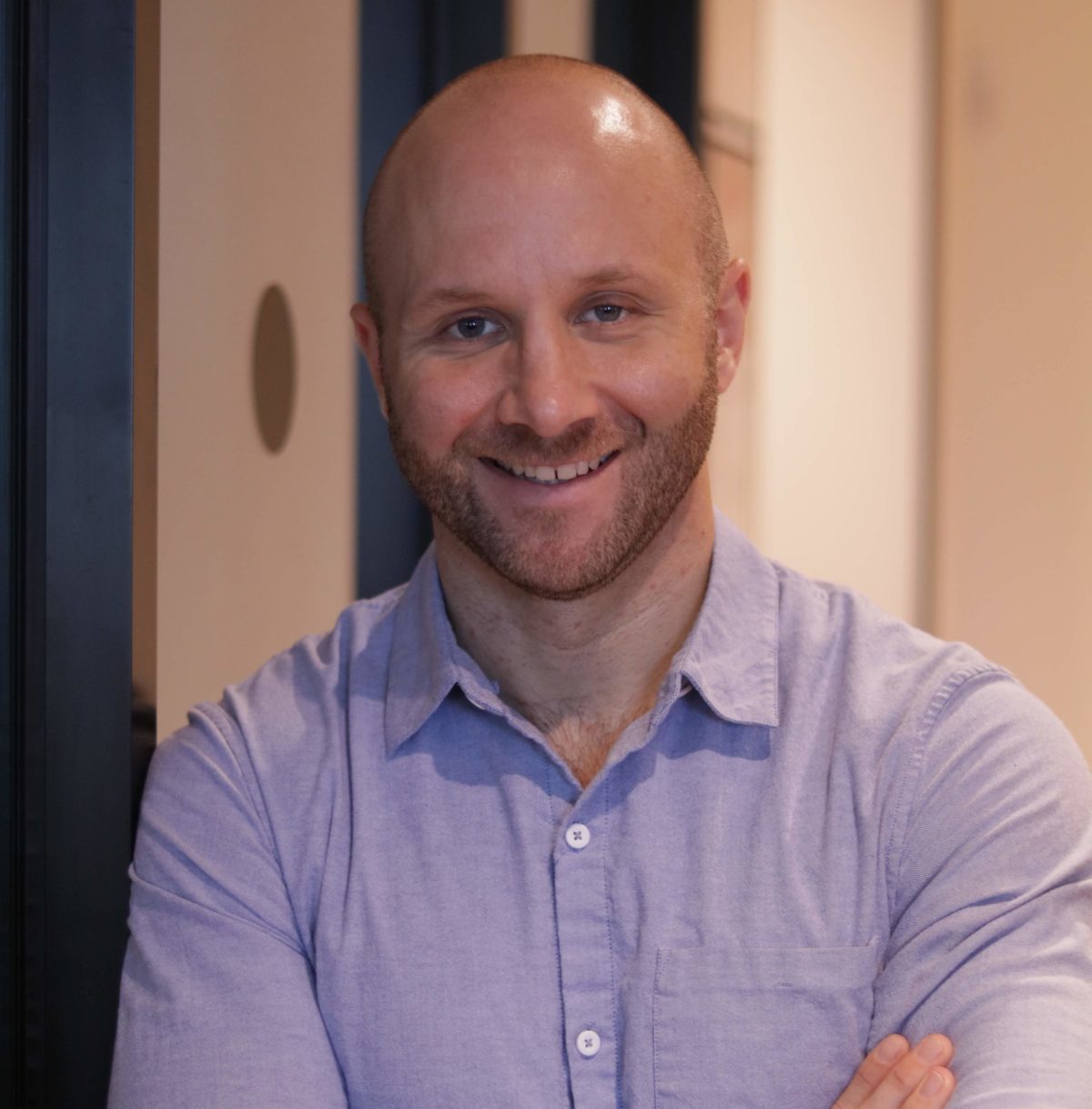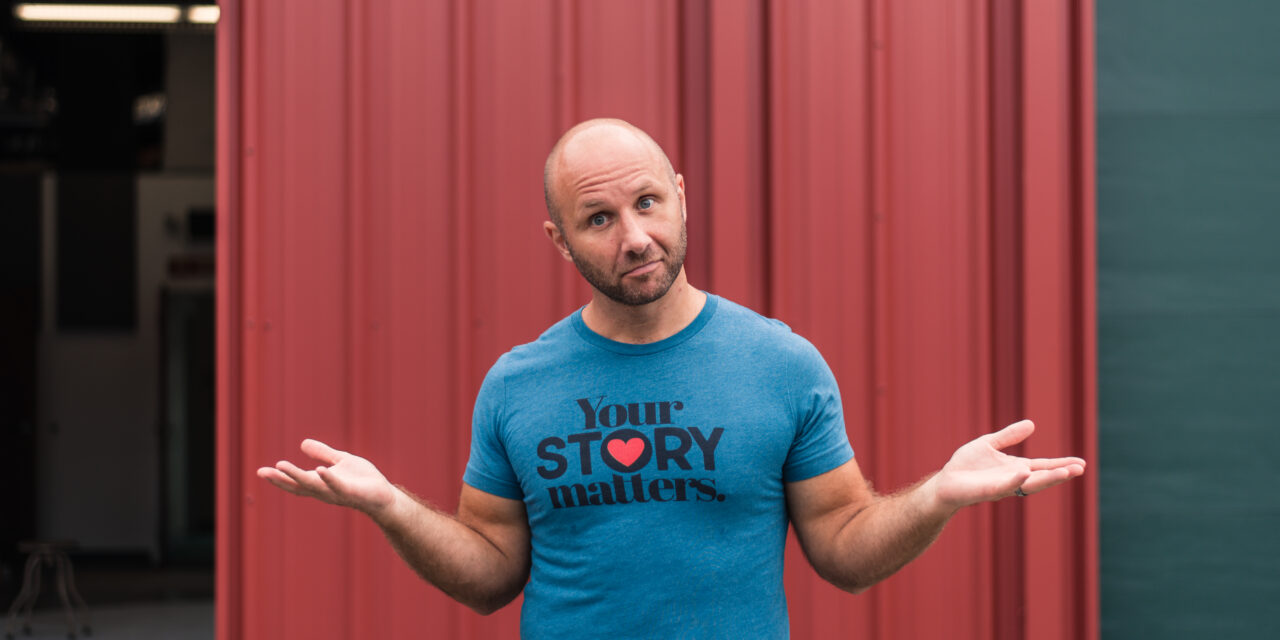I’m looking at my calendar for this week and next week and I don’t see a lot of empty space.
Today alone, I have three coaching calls back-to-back.
Which, don’t get me wrong, is a good thing. This is what I wanted to do more of this year. But when I wonder how I got here so fast—onboarding five new clients in the past week—it all tracks back to one recent TikTok video that I made.
That was part of my list of goals for 2022 as well—to more consistently create video content in an effort to grow my business.
I have done that, publishing at least once a day and often two to three times. But, when I look at that recent video that went semi-viral, it was clear to me how and why it stood out among the rest of my videos and gained so much attention.
In the screenwriting world, the Number One rule is “Show, don’t tell.” Because you can’t really explain a character’s motivation or thoughts like you could when writing a book, you have to show it with action, visually.
For example:
“Rain’s face flushed a bright red as he stormed off, leaving his crush leaned up against the lockers talking to his on-field arch-rival.”
Versus:
“Rain saw his crush talking to the guy he hated most. ‘Of all the people, why him?!’ he thought. The rage inside him grew and he knew that if he kept walking towards them he couldn’t control his anger.”
It’s the same thing when creating content that communicates to your audience.
No one wants to be lectured. So you can’t talk about what you do, or can do, for people. You have to show it. And you do that by providing clear value every time you open your mouth.
In the video that brought in all these new clients, I broke down a simple storytelling structure that I’d learned from an improv instructor. This structure, known as the Story Spine, has been used by the incredible storytellers at Pixar to shape their movies, as well. It works.
And in the video I showed exactly how it worked and provided clear examples.
To put it simply, I taught the people something.
If they left that video and didn’t comment, or never reached out to me, they still learned something. They left more educated and capable then they were before they watched it.
I provided value for them immediately.
And by doing so, I showed them what it is I do—help people tell their stories more effectively.
That is why people have been reaching out to me.
My ultimate goal in any interaction with a client is to provide them with some information or insight that makes them better. I did it in the video. But when that video led to quick consultation calls to see if they want me as a coach, I did it again—giving them actionable advice they could implement immediately after our call, even if we didn’t work together.
Then, of course, if they did book sessions with me, I focused on transforming their business each time we met, until they reached their goals.
But none of that happens if I make a video promising to transform their business if they book a coaching session with me.
Because that’s simply telling them. And no one wants to be spoken to that way.
Instead, show them what you can do.
And let them come to you.
 Rain Bennett is a two-time Emmy-nominated filmmaker, writer, and competitive storyteller with over a decade of experience producing documentary films that focus on health and wellness. His mission is simple: to make the world happier and healthier by sharing stories of change.
Rain Bennett is a two-time Emmy-nominated filmmaker, writer, and competitive storyteller with over a decade of experience producing documentary films that focus on health and wellness. His mission is simple: to make the world happier and healthier by sharing stories of change.
You can read the rest of “Right as Rain” here, and check back every Wednesday on Chapelboro for a new column!


